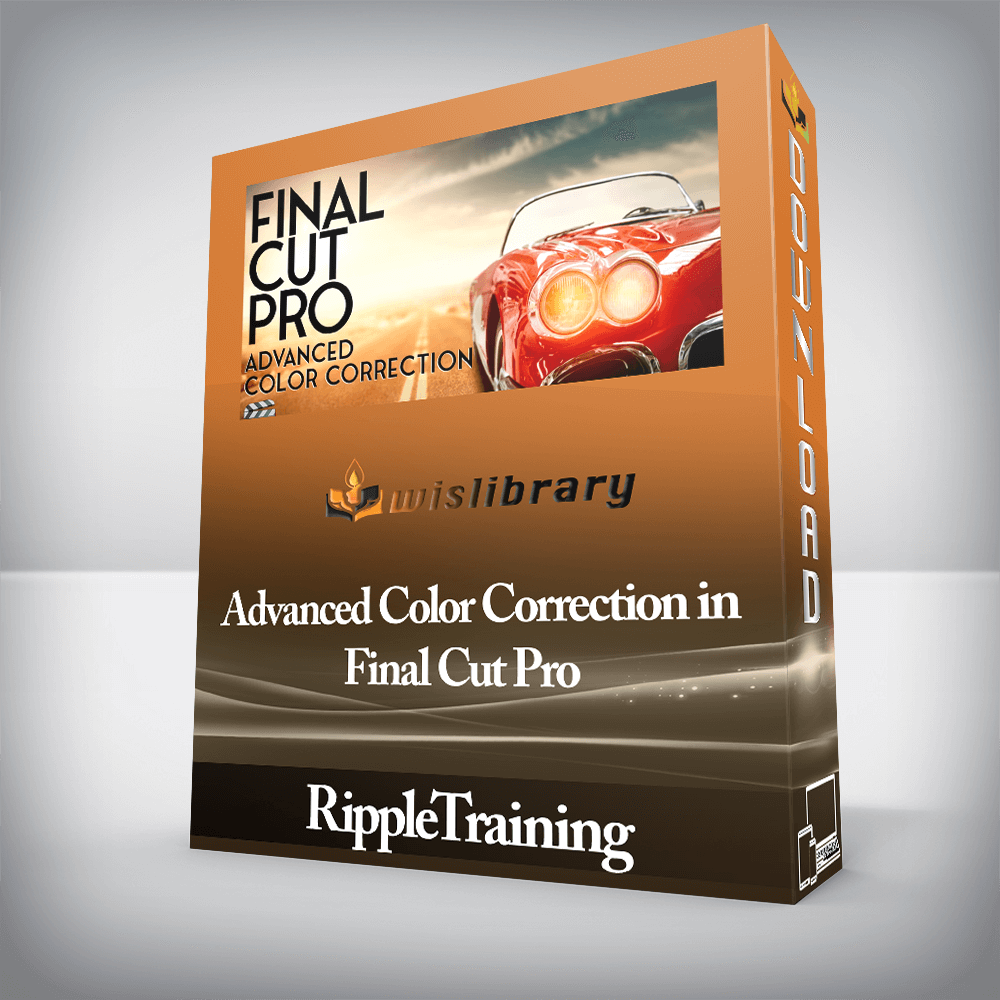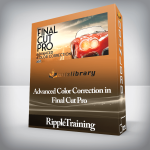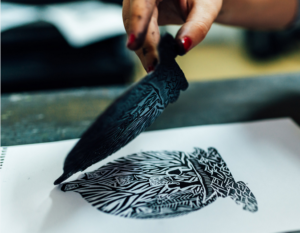RippleTraining – Advanced Color Correction in Final Cut ProPerform corrections with color wheelsUse curves for secondary correctionsRemove color casts & improve skin tonesWork with camera & creative LUTsGrade & Deliver in HDRCovers from FCP 10.4.7 to 10.6 or laterWho this Tutorial is for:This tutorial is for editors, producers and content creators who want to master the color tools in Final Cut Pro 10.4. This tutorial assumes basic familiarity with Final Cut Pro X’s user interface. Users who are new to Final Cut Pro X should purchase Final Cut Pro 10.6 Core Training before working through this tutorial.Software Version: Final Cut Pro 10.4 and later.Run Time: 4 hours 30 minutesType of Tutorial: IntermediateProject Media: Project Media is included with this tutorial. Advanced Color Correction in Final Cut Pro1. Optimizing the Workspace2. Controlling Contrast: Color Board3. Controlling Contrast: Color Wheels4. Controlling Contrast: Luma Curves5. Color Wheels vs Color Board6. Hue & Saturation: Color Curves7. Balancing Color8. Color Wheels or Color Board?9. Grading Efficiently10. Working with Color Masks11. Combining Color & Shape Masks12. Using Color Masks with Curves13. Separating Subject from Background14. Modifying the Color of Color Curves15. Working with Hue Curves16. Color Masks vs Hue Curves17. The Benefits of Hue Curves18. Using the LUMA vs SAT Curve19. Using the SAT vs SAT Curve20. Using the ORANGE vs SAT Curve21. Using Multiple Hue/Saturation Curves22. Workflow Shortcuts23. Super-fast Color Grading Workflow24. Correcting Master Clips25. Matching Shots with Match Color26. Manually Matching Shots27. Animating Corrections28. Creating Looks with Color Effects29. Using the Broadcast Safe Effect30. Creating Looks with Color Presets31. Looks Effects32. Custom Grayscale & Tint Effects33. Creating a Bleach Bypass Look34. Creating a Vintage Look35. Creating a Day for Night Look36. Creating a Color Isolation Effect37. Creating a Teal & Orange Effect38. The What & Why of LUTs39. Working with Camera LUTS40. Understanding LUT Workflows41. Working with Creative LUTs42. Camera LUTs vs Creative LUTs43. What is HDR?44. HDR vs Wide Color Gamut45. Flavors of HDR46. HDR Requirements in FCP 10.447. Setting up HDR Libraries & Projects48. Color Grading in HDR49. HDR & LUTs50. Tone mapping HDR to SDR51. Appendix:  Color Theory & Video Scopes The Wheels of ChangeColor Wheels allow you to quickly address color balance and exposure issues with your shots. You’ll learn how the color wheels compare to the color board and when you might want to combine corrections to achieve the look you’re after.Grade on a CurveSecondary correction is the process of isolating your corrections to specific areas in the frame. You’ll learn how to use Hue and Sat curves for altering the color of objects, removing color casts from shadows, improving skin tones and much more!The Power of LUTsLook up tables (LUTs), have become an integral part of digital cinematography and post. In this tutorial you’ll learn how to use both camera LUTs and creative LUTs in Final Cut Pro X, and why you might use them; either individually or in combination.Grade and Deliver in HDRDiscover the emerging world of High Dynamic Range video and how to set up, grade, monitor and deliver eye-popping HDR projects using Final Cut Pro X.There are no reviews yet.Add a Review Cancel replyYou must be logged in to post a review.
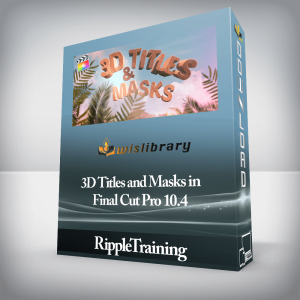 RippleTraining – 3D Titles and Masks in Final Cut Pro 10.4
₹1,992.00
RippleTraining – 3D Titles and Masks in Final Cut Pro 10.4
₹1,992.00
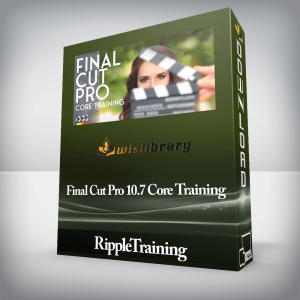 RippleTraining – Final Cut Pro 10.7 Core Training
₹2,822.00
RippleTraining – Final Cut Pro 10.7 Core Training
₹2,822.00
RippleTraining – Advanced Color Correction in Final Cut Pro
₹2,822.00

